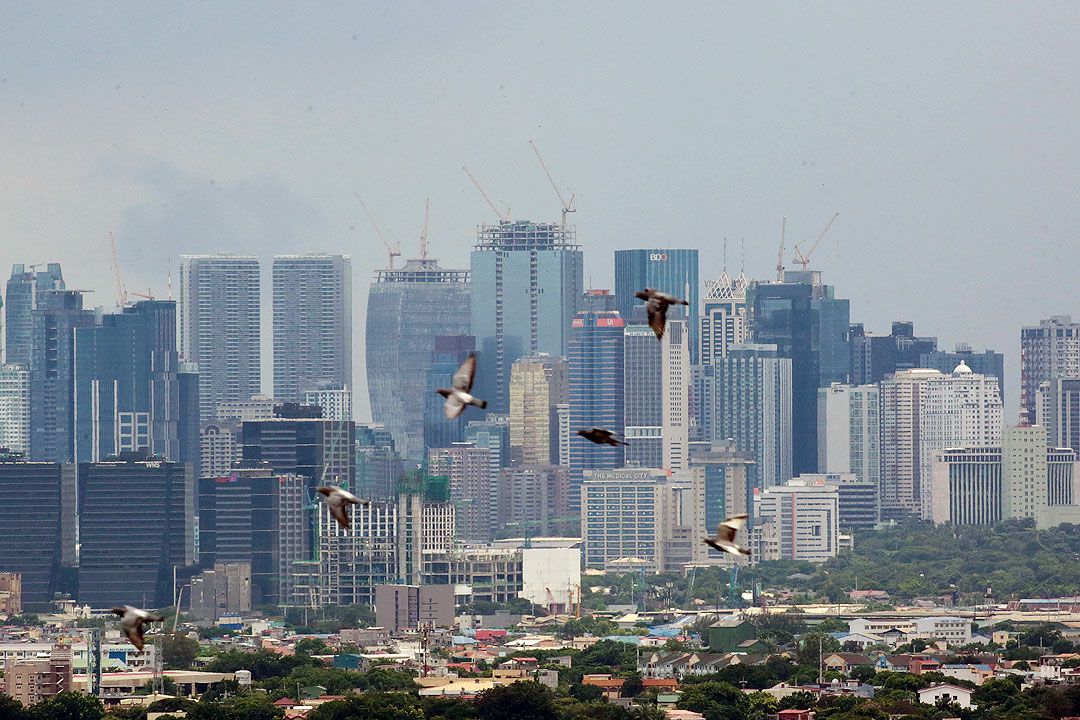
THE METRO MANILA office market is expected to see continued demand for high-quality and strategically located properties, but fringe areas are facing oversupply, according to property consultancy firm Cushman & Wakefield.
In its Second Quarter 2025 Philippine Office and Investment MarketBeat report, the consultancy said rental rates for Prime and Grade A offices in central business districts (CBD) such as Makati, Bonifacio Global City (BGC), and Ortigas rose 0.5% quarter on quarter to P1,118 per square meter (sq.m.) per month, while vacancy rates improved to 10.5% from 11% in the previous quarter.
“This was driven by a flight-to-quality, with demand fueled by multinational relocations and financial sector expansions,” the report said.
By contrast, office rents in fringe CBD areas fell 1.8% quarter on quarter to P842 per sq.m. per month, with vacancy rates rising to 23.4% from 22.8% in the previous quarter due to persistent oversupply and returned spaces.
Cushman & Wakefield data showed that BGC’s CBD has an existing inventory of 2.3 million sq.m., while Ortigas and Makati CBDs each have 1.6 million sq.m. and 1.5 million sq.m., respectively.
Fringe areas, meanwhile, account for a total of 4.7 million sq.m. of unoccupied office space, led by Quezon City (1.5 million sq.m.), Pasay City (800,000 sq.m.), Muntinlupa City (700,000 sq.m.), BGC (Taguig) fringe (500,000 sq.m.), and Makati fringe (500,000 sq.m.).
“The resilience of Metro Manila’s office market, particularly in the established CBDs, underlines the enduring demand for high-quality and strategically located properties. Meanwhile, fringe areas will require more innovative approaches to address persistent challenges,” Claro dG. Cordero, Jr., director and head of research, consulting & advisory services at Cushman & Wakefield, said in a statement.
The consultancy noted that fringe areas are likely to continue experiencing rental adjustments and landlord concessions, with more than 300,000 sq.m. of additional supply expected through 2027. Elevated vacancy rates and hybrid work trends are also expected to weigh on performance in the fringe office segment.
“Additional supply in 2025, especially in Quezon City and Muntinlupa, is expected to sustain pressure on rents and vacancies in fringe markets,” Mr. Cordero said. “CBDs may continue to benefit from demand for high-quality, well-located office spaces.”
Despite headwinds, Cushman & Wakefield said sustained economic growth and easing inflation highlight the resilience of the Philippine real estate market across sectors.
The Philippine economy expanded by 5.5% in the second quarter, slightly higher than 5.4% in the previous quarter but slower than the 6.5% growth in the same period last year.
Headline inflation, meanwhile, eased to a near six-year low of 0.9% in July due to lower utility and food costs.
“The Philippine real estate market continues to reflect the country’s economic momentum, driven by strong consumption patterns, tourism recovery, and advancing logistics demands. Each sector is adapting to the evolving needs of end-users, creating long-term opportunities for developers and investors alike,” Mr. Cordero said. — Beatriz Marie D. Cruz